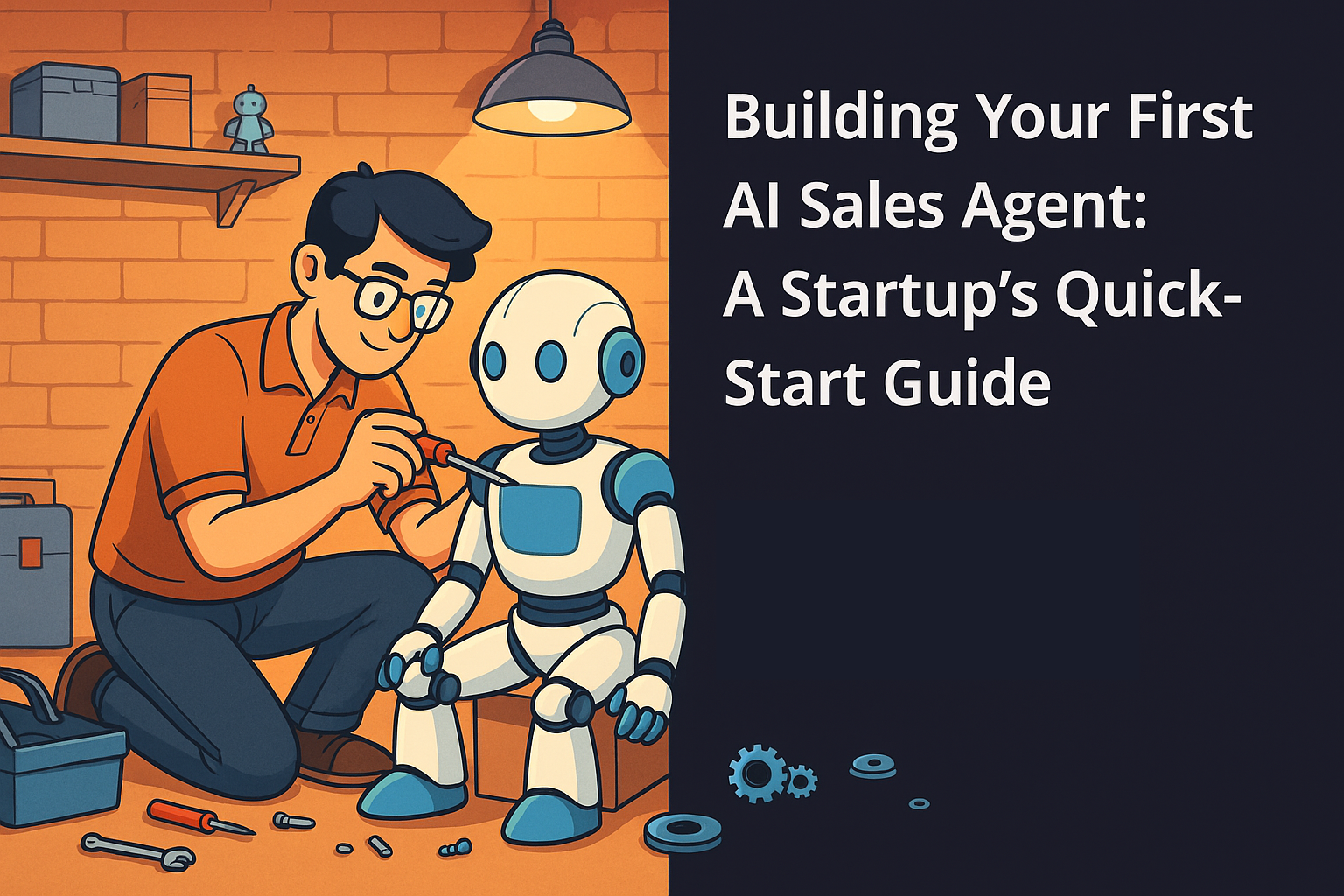Email remains a cornerstone of professional communication. However, one of the most common frustrations is not receiving a response after sending an email. Whether you're following up on a job application, a business proposal, or a sales pitch, knowing how to craft an effective follow-up on an email after no response is crucial. This guide will explore the best practices for following up, including timing, tone, and content, to increase your chances of getting a reply.
Understanding the Need for a Follow-Up Email
When you don't receive a response to your initial email, it's easy to feel disheartened. However, there are many reasons why your email might have been overlooked: the recipient could be busy, your email might have been lost in a crowded inbox, or they may have intended to reply but forgot. A well-timed and well-crafted follow-up on an email after no response can remind the recipient and reignite the conversation.
Timing Your Follow-Up Email
Timing is crucial when it comes to follow-up emails. If you follow up too soon, you risk appearing impatient or pushy. Wait too long, and you may miss the opportunity altogether. A general rule of thumb is to wait about 3-5 business days before sending a follow-up on an email after no response. This timeframe shows respect for the recipient's schedule while keeping your request fresh in their mind.
Crafting an Effective Subject Line
The subject line is the first thing the recipient sees, and it can determine whether your email gets opened or ignored. When following up on an email after no response, consider these tips for creating a compelling subject line:
1. Be Direct: Use clear and straightforward language that indicates the purpose of your email.
2. Add a Personal Touch: Including the recipient's name or referencing previous communication can make your email stand out.
3. Create a Sense of Urgency: Subtle hints at urgency can prompt quicker action without being too aggressive.
Examples:
- "Following Up: Quick Question, [Recipient's Name]"
- "Checking In: [Previous Topic]"
- "Reminder: [Specific Request]"
Structuring Your Follow-Up Email
An effective follow-up on an email after no response should be concise, polite, and to the point. Here's a structure to consider:
1. Greeting: Start with a polite greeting, using the recipient's name.
2. Reference the Previous Email: Briefly mention your previous email and the date you sent it.
3. State Your Purpose: Clearly state why you are following up.
4. Provide Context: Offer any additional information that might be helpful or reiterate the importance of your request.
5. Call to Action: Clearly specify what you want the recipient to do next.
6. Express Gratitude: Thank the recipient for their time and consideration.
7. Closing: Use a polite and professional closing.
Example:
Hi [Recipient's Name],
I hope this email finds you well. I am following up on the email I sent on [Date] regarding [Topic].
I wanted to see if you had any updates or needed further information from my end.
Looking forward to your response.
Best regards,
[Your Name]
Tone and Language
The tone of your follow-up email should always be polite and professional. Avoid expressing frustration or impatience, as this can put the recipient off. Instead, aim for a tone that is friendly yet firm, showing respect for the recipient's time while clearly communicating your needs.
When following up on an email after no response, using positive language can help create a more receptive atmosphere. Phrases like "I understand you are busy" or "I appreciate your time" can go a long way in maintaining a positive tone.
When to Stop Following Up
Knowing when to stop following up is just as important as knowing when to send a follow-up email. If you've sent multiple follow-ups and still received no response, it may be time to move on. Typically, after three follow-up attempts with no response, it's reasonable to assume that the recipient is either not interested or unable to respond.
However, your final follow-up can include a gentle note indicating that this will be your last attempt. This approach respects the recipient's time and signals that you are closing the loop on this particular outreach.
Example:
Hi [Recipient's Name],
I hope this message finds you well. I am writing to follow up on my previous emails regarding [Topic].
If you are still interested, please let me know at your earliest convenience. If I don't hear back, I will assume you're not interested and won't follow up again.
Thank you for your time and consideration.
Best regards,
[Your Name]
Tools and Techniques for Effective Follow-Ups
To streamline the process of following up on an email after no response, consider using tools and techniques that can enhance your efficiency:
1. Email Tracking: Tools like Mailtrack or Yesware can notify you when your email has been opened, helping you gauge the best time to send a follow-up.
2. Templates: Create follow-up email templates that you can customize for different recipients. This saves time and ensures consistency.
3. Automated Follow-Ups: Platforms like HubSpot or SalesLoft allow you to schedule automated follow-ups, ensuring that you don’t forget to follow up.
By utilizing these tools, you can optimize your follow-up strategy and increase your chances of receiving a response.
Case Studies: Successful Follow-Up Strategies
Learning from real-life examples can provide valuable insights into effective follow-up strategies. Here are a few case studies demonstrating successful follow-ups on emails after no response:
1. Sales Follow-Up:
- Initial Email: Sent a detailed proposal to a potential client.
- First Follow-Up: Three days later, a polite reminder referencing the initial email and asking if they had any questions.
- Second Follow-Up: One week later, offered additional value by sharing a relevant case study.
- Result: The client responded after the second follow-up, appreciating the additional information and eventually signing the contract.
2. Job Application Follow-Up:
- Initial Email: Sent a job application with a cover letter and resume.
- First Follow-Up: One week later, a polite inquiry about the status of the application.
- Second Follow-Up: Two weeks later, reiterated interest in the position and asked if there were any further steps needed.
- Result: The applicant received a response after the second follow-up, leading to an interview and job offer.
These examples highlight the importance of persistence and providing value in your follow-up emails.
Adapting Your Follow-Up Strategy
Different situations require different follow-up approaches. Here are some tailored strategies for various scenarios:
1. Job Applications: Follow up once a week, with a maximum of three follow-ups. Emphasize your continued interest in the role and ask if there are any updates.
2. Sales Leads: Follow up every three to five days, offering additional value with each email, such as case studies, testimonials, or relevant articles.
3. Networking: Follow up within a week after initial contact, referencing your previous conversation and suggesting a meeting or call to discuss potential collaboration.
By adapting your follow-up strategy to the specific context, you can increase your chances of a positive outcome.
Overcoming Common Follow-Up Challenges
Following up on an email after no response comes with its own set of challenges. Here’s how to overcome some common obstacles:
1. Feeling Like a Nuisance: It’s easy to feel like you’re being bothersome. Remember that a well-crafted follow-up is a professional and polite reminder, not a nuisance.
2. Lack of Response: If you receive no response despite multiple follow-ups, it might be time to reassess your approach. Consider changing your subject line, tweaking your message, or offering new value.
3. Managing Multiple Follow-Ups: Keeping track of multiple follow-ups can be daunting. Use tools like CRM software or email tracking tools to stay organized and ensure timely follow-ups.
By addressing these challenges head-on, you can improve your follow-up technique and enhance your chances of success.
Personalizing Your Follow-Up Emails
Personalization can significantly impact the effectiveness of your follow-up emails. Here’s how to add a personal touch:
1. Reference Previous Interactions: Mention any previous conversations or emails to show that you remember and value your past interactions.
2. Use the Recipient’s Name: This simple step can make your email feel more personal and less like a mass message.
3. Tailor Your Message: Customize your email to address the recipient’s specific needs, interests, or pain points.
Personalization demonstrates that you’ve put thought into your follow-up, making it more likely to resonate with the recipient.
The Psychological Aspect of Following Up
Understanding the psychology behind follow-up emails can enhance your approach. Here are some psychological principles to consider:
1. Reciprocity: By offering value in your follow-up emails, you can trigger the principle of reciprocity, encouraging the recipient to respond.
2. Scarcity: Creating a sense of urgency or limited availability can prompt quicker action from the recipient.
3. Consistency: If the recipient has shown initial interest, reminding them of this can appeal to their desire for consistency, making them more likely to follow through.
Incorporating these principles can make your follow-up emails more compelling and effective.
Remember
Following up on an email after no response is an essential skill in professional communication. By understanding the best practices for timing, tone, and content, you can craft follow-up emails that are polite, professional, and effective
Remember to personalize your emails, use tools to streamline the process, and be persistent without being pushy.
Whether you’re following up on a job application, a business proposal, or a sales lead, a well-crafted follow-up email can make all the difference in achieving your desired outcome. Keep refining your approach, learn from each experience, and soon you'll master the art of the follow-up email.


.jpg)


.svg)